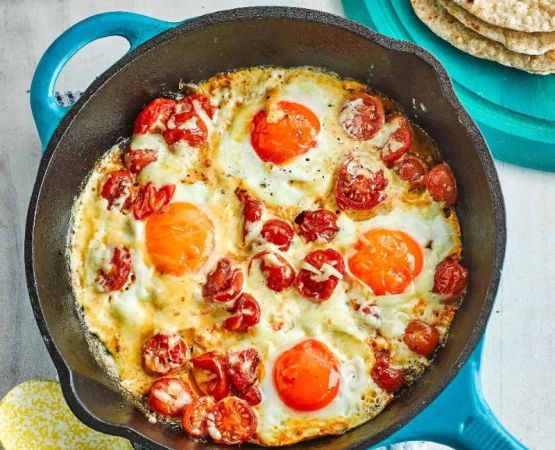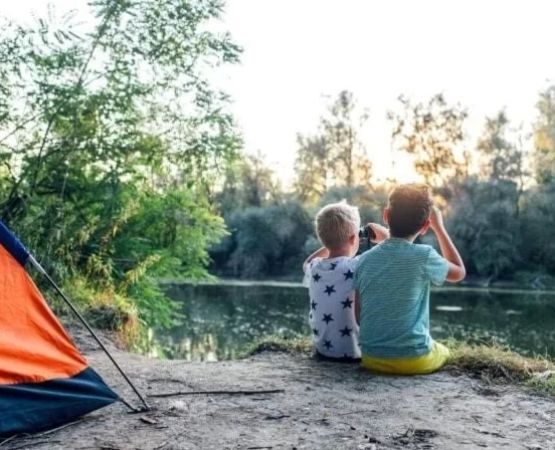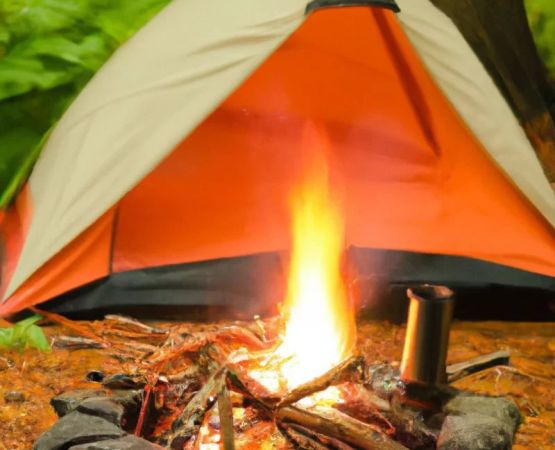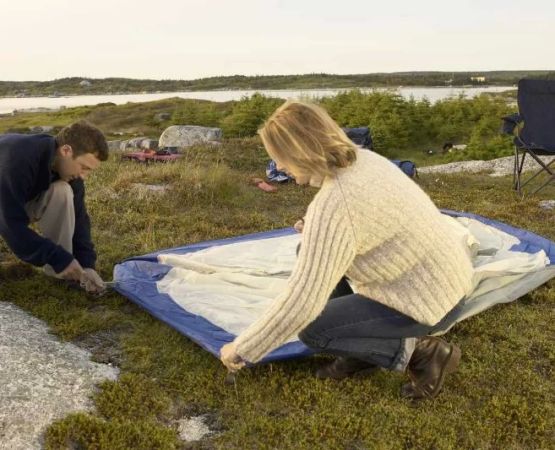Essential Camping Gear for Wilderness Survival: Your Ultimate Guide
Camping in the wilderness is an exhilarating adventure that allows us to reconnect with nature and experience the great outdoors like never before. However, venturing into the wild requires more than just enthusiasm—it demands careful planning, preparation, and the right gear to ensure both safety and enjoyment. Over the years, I've learned the importance of having the proper equipment, and in this guide, I’ll share my personal experiences and provide valuable insights on the essential camping gear that every wilderness adventurer should carry.
1. Shelter and Sleeping Gear: Protecting Yourself from the Elements
The first and most critical aspect of wilderness survival is shelter. A sturdy shelter not only protects you from the elements but also provides a safe place to rest and recover after a long day of hiking. Over the years, I’ve found that the best shelter options depend on the environment and the conditions you’ll face during your camping trip.
Here are my top recommendations:
1.1 Tents: A Reliable Shelter
For most camping trips, a tent is your best bet for a reliable and comfortable shelter. Look for tents designed for wilderness use, such as 4-season tents, which offer excellent protection in harsh weather conditions. A tent with a double-wall design is essential to protect you from rain and wind while maintaining good airflow.
1.2 Sleeping Bags: Comfort and Warmth
A good sleeping bag is crucial for a restful night’s sleep. Make sure to choose one that’s rated for the temperature you expect during your trip. I recommend synthetic sleeping bags for wet conditions, as they dry quickly and still offer insulation when damp. For colder environments, a down sleeping bag can provide superior warmth, but ensure it's properly stored to avoid moisture damage.
1.3 Sleeping Pads: Insulation from the Ground
Don't underestimate the value of a high-quality sleeping pad. These pads not only provide comfort but also add a layer of insulation between you and the cold ground. For extra comfort, choose an inflatable pad, which is compact for packing but offers a cushioned surface for a good night’s rest.
2. Fire and Cooking: Essential for Survival
Once you’ve secured shelter, the next priority is fire. A fire is essential for warmth, cooking, and signaling for help in case of an emergency. Over the years, I’ve learned a few tricks for building a fire in the wilderness, and having the right fire-starting tools is key.
2.1 Fire Starting Tools
While matches and lighters are common fire-starting tools, I highly recommend bringing multiple options. Waterproof matches, a ferrocerium rod, and a magnesium fire starter are all excellent choices. These tools work even in wet conditions, which is crucial in unpredictable weather.
2.2 Cooking Gear: Keep Your Energy Up
When it comes to cooking in the wild, simplicity is key. I’ve found that a lightweight camping stove is indispensable. A gas-powered stove is ideal for quick meals, but if you’re heading into more remote areas, a wood-burning stove can be a great alternative.
2.3 Pots and Utensils
A compact pot set is perfect for boiling water and cooking meals. Look for a set that nests together for easy packing, and don’t forget a sturdy spatula and a knife. I’ve also learned that having a multi-tool with a built-in bottle opener, screwdrivers, and scissors is incredibly useful when preparing meals in the wild.
3. Navigation: Know Where You Are
Getting lost in the wilderness can be a real threat if you don’t have the right navigation tools. Over the years, I’ve had a few close calls, but the right equipment has always helped me find my way.
3.1 Maps and Compass
While modern GPS devices are useful, I never leave without a reliable map and compass. These tools have never failed me, even when the batteries on my GPS died. Make sure your map covers the area you’ll be exploring, and learn how to use a compass before venturing out.
3.2 GPS Device
If you’re heading into a particularly remote area, I recommend investing in a GPS device that doesn’t rely on cellular networks. Many of these devices have offline maps and can also send out an SOS signal in emergencies.
4. Hydration: Water is Life
Water is one of the most critical resources for survival, and you must plan accordingly to ensure you have access to clean drinking water throughout your adventure.
4.1 Water Filtration System
A portable water filter is an essential piece of gear, especially if you’re camping in areas without reliable water sources. I use a compact filter pump that’s easy to carry and can filter out harmful bacteria and viruses from water sources. For added convenience, I also carry water purification tablets as a backup option.
4.2 Hydration Bladder
Staying hydrated while hiking is crucial, so I prefer using a hydration bladder. These bladders are lightweight and easy to carry in your backpack, allowing you to drink on the go without having to stop and unpack a water bottle. Just make sure to clean the bladder regularly to prevent mold growth.
5. Emergency Gear: Be Prepared for the Unexpected
No matter how well you prepare, the wilderness can be unpredictable. That’s why I always carry a set of emergency gear to ensure I’m ready for any situation.
5.1 First Aid Kit
A well-stocked first aid kit is essential for handling minor injuries and medical emergencies in the wild. I always include bandages, antiseptic wipes, tweezers, and pain relievers, as well as any personal medications I might need. A splint and emergency whistle are also great additions for more serious injuries.
5.2 Emergency Shelter and Space Blanket
In case of an emergency, I always pack a space blanket and an emergency shelter. These compact items can keep you warm in extreme conditions, and they’re small enough to fit in your backpack without taking up too much space.
5.3 Multi-Tool or Knife
A reliable multi-tool or knife is invaluable in the wilderness. Whether you need to cut rope, prepare food, or make kindling, having the right tool at your disposal can make all the difference. I’ve used mine for everything from opening cans to fixing gear, and it’s always come in handy.
6. Personal Comfort and Extras
While survival is the top priority, comfort plays a big role in your overall camping experience. Over time, I’ve learned to bring a few extra items that make my trips more enjoyable.
6.1 Clothing: Layering is Key
Proper clothing is essential for staying comfortable in the wild. I always pack moisture-wicking base layers, insulating layers for warmth, and a waterproof outer layer. Don’t forget gloves, a hat, and extra socks—these can make a huge difference when temperatures drop unexpectedly.
6.2 Lighting: Headlamp or Flashlight
When darkness falls, a reliable light source is crucial. I prefer a headlamp for hands-free use, especially when setting up camp or navigating in the dark. A flashlight is also useful, but always have extra batteries on hand just in case.
6.3 Entertainment: Keep Your Spirits High
During downtime, I like to bring a good book, a journal, or a deck of cards to keep my mind occupied. These small comforts make the experience more enjoyable and help pass the time during long evenings at camp.
With the right camping gear, your wilderness survival experience can be both safe and enjoyable. Over the years, I’ve learned that preparation is key, and having the right equipment can make all the difference. Whether you’re a seasoned adventurer or a beginner, I hope this guide helps you pack for your next wilderness adventure with confidence!







